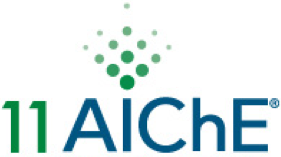

Engineering practice has always required involvement in the acquisition, analysis, interpretation and exploitation of data in one form or another, so that the “well-educated” engineer ought to be truly conversant with how to handle data. This is even more so today, with many engineers now working in non-traditional areas ranging from molecular biology to finance, and the problems to be solved continuing to widen in scope and becoming more interdisciplinary. While most engineers are traditionally well-trained in problem formulation and problem solving when all the entities involved are considered deterministic in character, many remain uncomfortable with problems involving random variations, if such problems cannot be idealized and reduced to the more familiar “deterministic” types. Ironically, while students of generations gone by were trained in basic data analysis, most of today’s students are not. And for the very few that receive any form of training in probability and statistics, most tend to perceive such training more as a set of instructions on what to do and how to do it, than as a training in fundamental principles of random phenomena.
At the University of Delaware, the course in “Random Phenomena” is taught by presenting basic fundamental principles, methods, and tools for formulating and solving engineering problems that involve randomly varying phenomena. The premise is that by emphasizing fundamentals and basic principles, and then illustrating these with examples, the student will be better equipped to deal with a range of problems wider than that explicitly covered in class. In this presentation, we discuss a particular case study that is used in this class as a pedagogical tool to illustrate how to solve complex, real-life problems involving randomly varying phenomena. It demonstrates how the mathematics of probability, probability models, statistical data analysis, model validation, and mathematical optimization can be used effectively to answer a central question in in-vitro fertilization (IVF) treatment: how many embryos should be implanted to maximize the chances of success while simultaneously minimizing the chances of multiple births?
Presenter(s)
Language
Pricing
Individuals
| AIChE Member Credits | 0.5 |
| AIChE Pro Members | $15.00 |
| AIChE Education Division Members | Free |
| AIChE Graduate Student Members | Free |
| AIChE Undergraduate Student Members | Free |
| AIChE Explorer Members | $25.00 |
| Non-Members | $25.00 |
